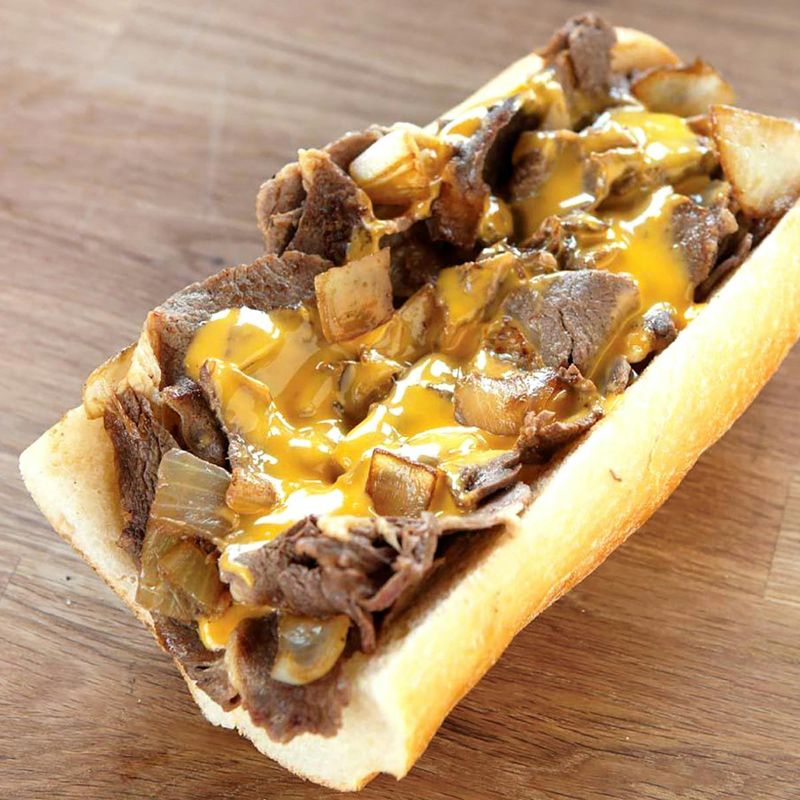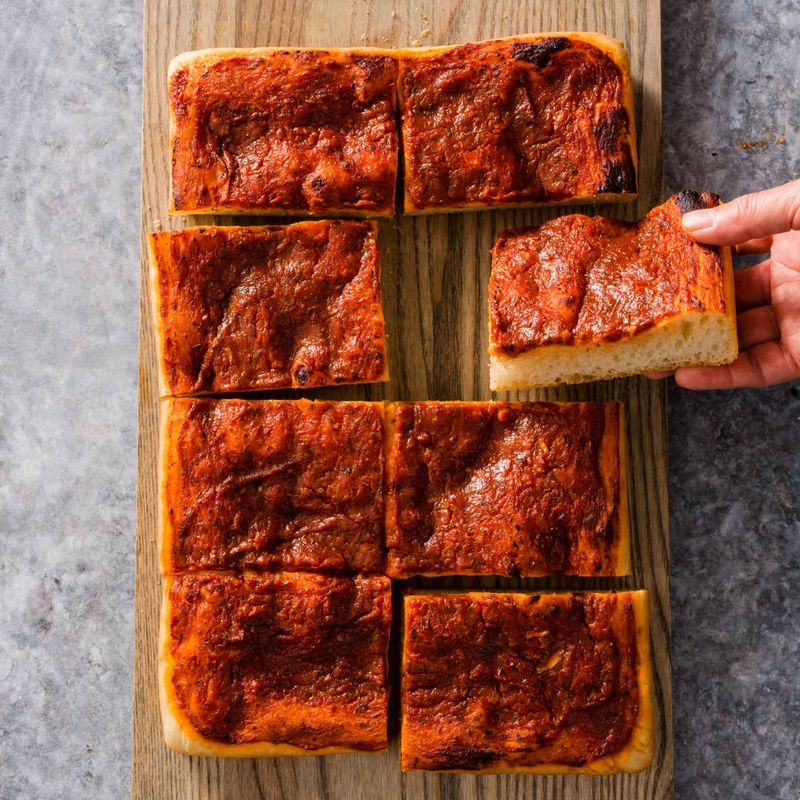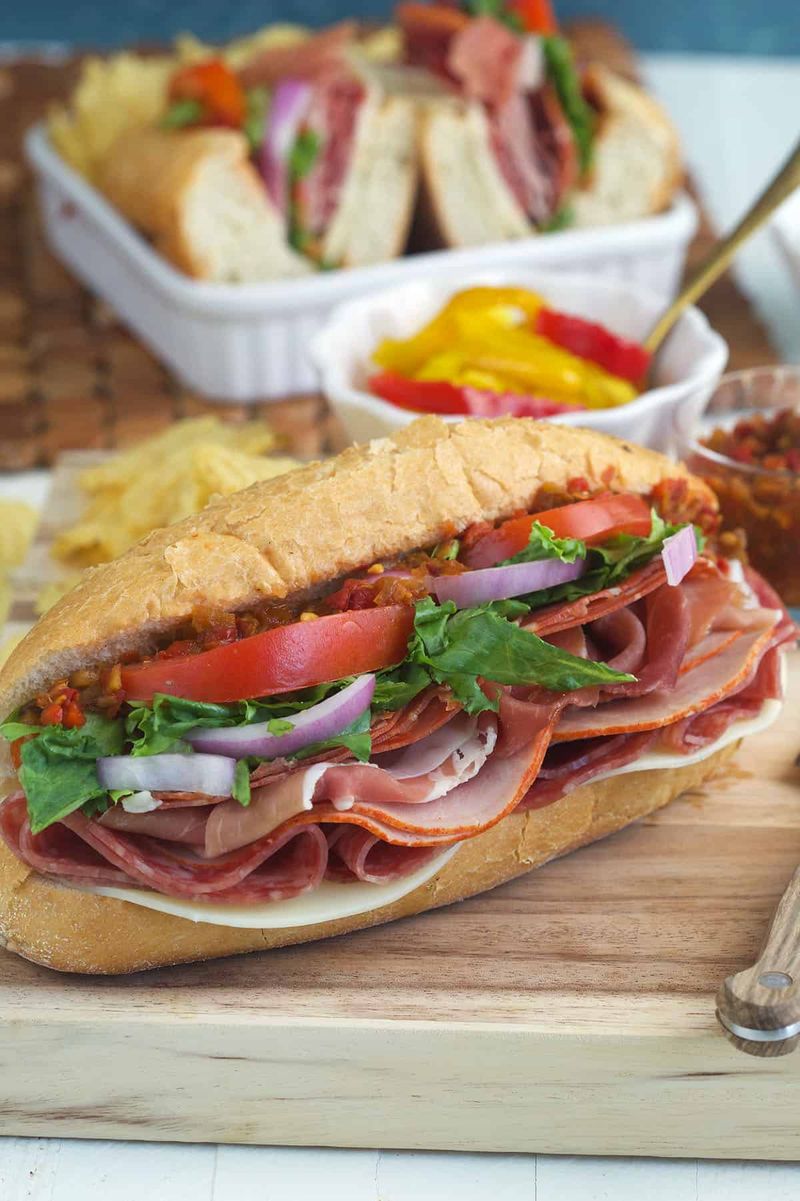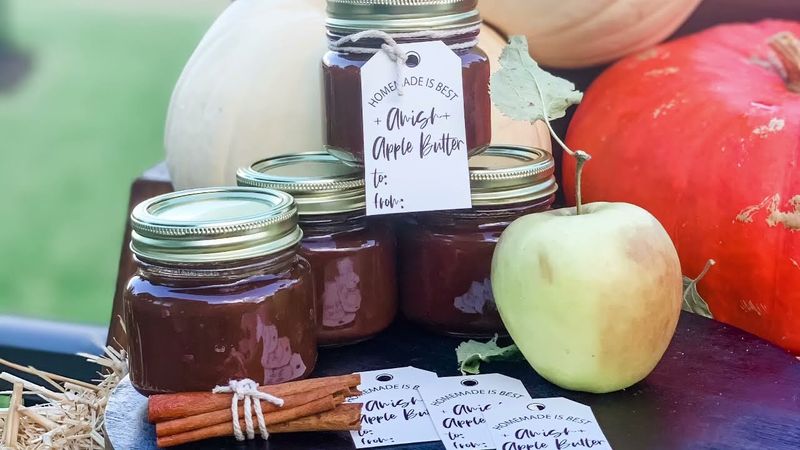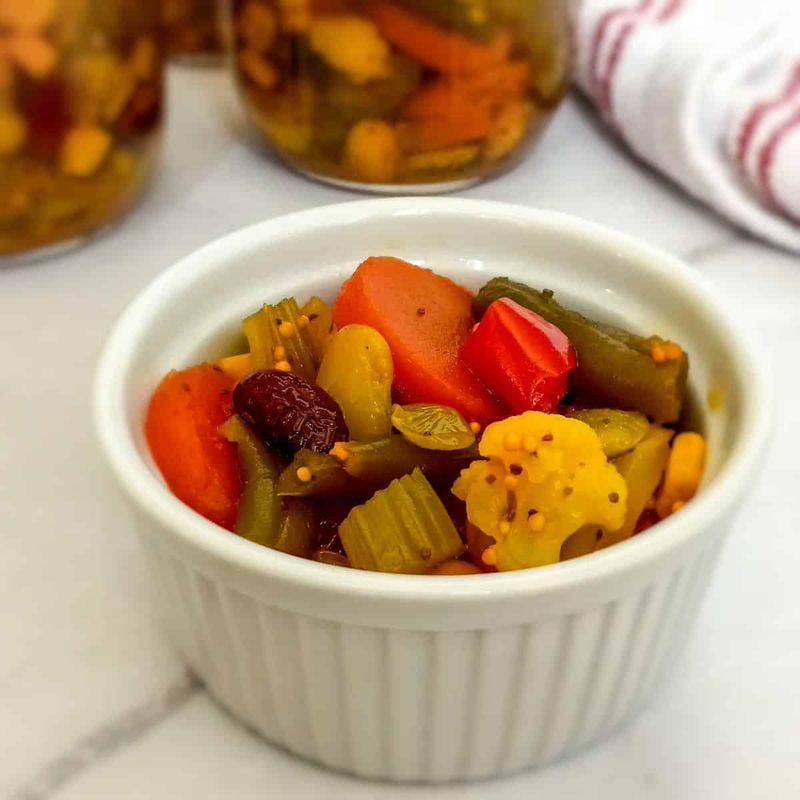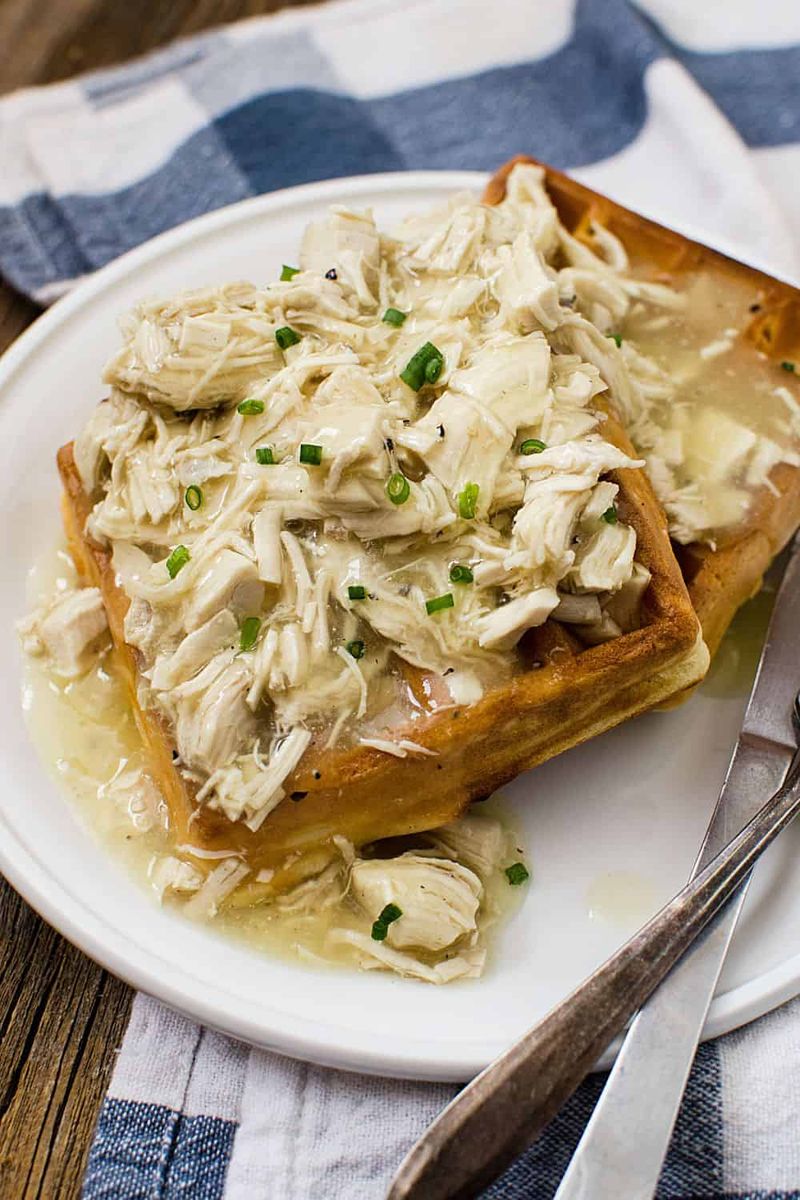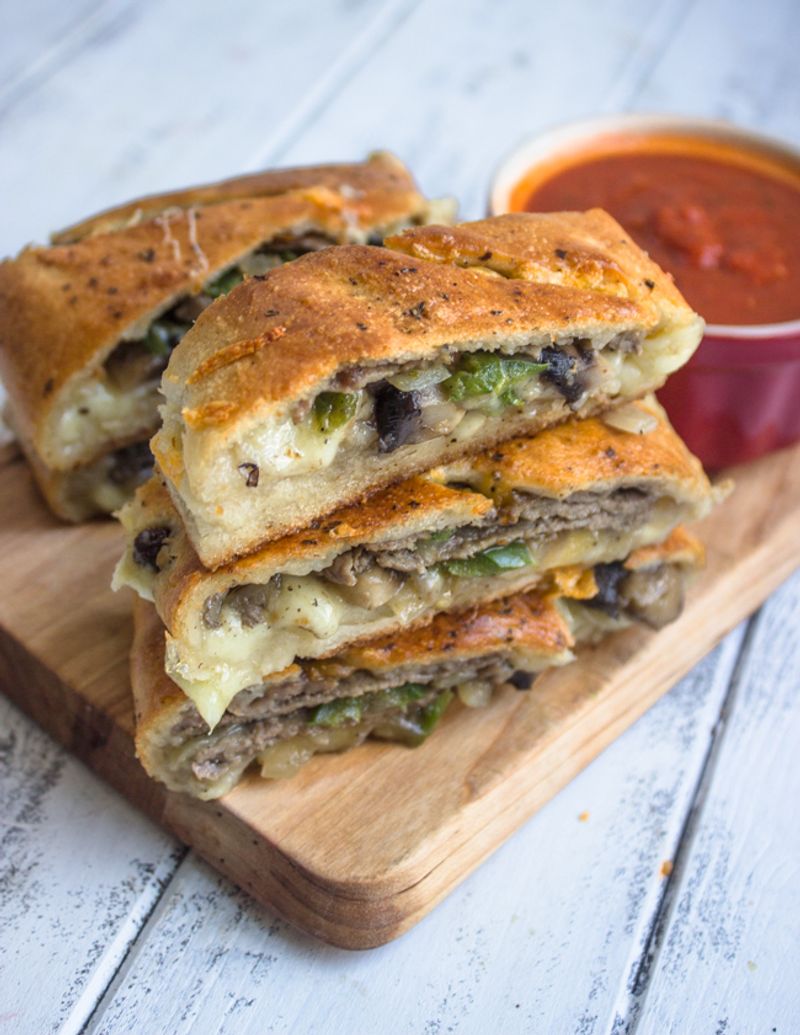Pennsylvania’s food culture is a melting pot of Old World recipes and New World innovation. From the hearty dishes of the Pennsylvania Dutch to the rich immigrant influences of Philadelphia and Pittsburgh, the Keystone State has mastered the art of blending global traditions with hometown pride. Here are 15 beloved Pennsylvania food classics that beautifully balance world flavors and local heritage.
Philly Cheesesteak – Philadelphia
Few foods are more iconic than the Philly cheesesteak. Born in South Philly in the 1930s, it’s a working-class masterpiece that combines thin-sliced beef, melted cheese, and a soft roll. The real story lies in its evolution—Italian immigrants brought the breadmaking traditions, while American cheese added that gooey indulgence.
Whether you swear by Pat’s or Geno’s, or prefer neighborhood spots like Dalessandro’s, the cheesesteak remains a perfect symbol of Philadelphia: diverse, bold, and unapologetically flavorful. Order it “wit” onions and enjoy a bite of culinary history that captures the city’s immigrant soul. It’s a taste of tradition that never gets old.
Each cheesesteak tells a story of family recipes and neighborhood pride. It’s more than just a sandwich; it’s a piece of Philadelphia’s vibrant culture.
Pierogies – Pittsburgh
Pittsburgh’s strong Eastern European roots live on through its love for pierogies. Polish and Slovak immigrants introduced these tender dumplings, and locals quickly adopted them as their own. Filled with potato, cheese, or sauerkraut, they’re comfort food at its purest.
You’ll find them everywhere—from church festivals to upscale gastropubs. The city even hosts “Pierogi Races” during Pirates games, proof of how deeply this Old World dish has become a Pittsburgh classic. Each bite is a reminder that Pennsylvania’s strength lies in its cultural blend of heart, heritage, and flavor.
Whether boiled or fried, pierogies offer a taste of tradition with every bite. They’re not just a meal; they’re a celebration of community and history.
Shoofly Pie – Lancaster County
A true Pennsylvania Dutch classic, Shoofly Pie is sweet simplicity perfected. Made from molasses, brown sugar, and buttery crumbs, it reflects the state’s German roots and farm-country ingenuity. Early settlers relied on pantry staples, and this pie became a symbol of making the most from what’s available.
The flavor is rich and deep, with a texture between cake and pie. Served warm with coffee, it’s the taste of Lancaster heritage—humble, homemade, and steeped in tradition that’s been passed down for generations. It’s more than just a dessert; it’s a warm embrace of heritage.
Shoofly Pie is a testament to creativity and resourcefulness, turning simple ingredients into something truly special. It’s a slice of Pennsylvania history.
Tomato Pie – Philadelphia
Philadelphia’s Italian-American communities turned leftover dough and sauce into one of the city’s most beloved dishes: tomato pie. This rectangular, cheeseless pizza is baked thick and airy, topped with tangy tomato sauce and a sprinkle of Parmesan.
It’s served at room temperature, making it perfect for gatherings or Sunday lunch. Italian bakers brought the idea from Sicily, but Pennsylvania turned it into something uniquely local. Each slice tells a story of immigrant creativity and the state’s ability to reinvent comfort food.
Tomato pie is a delightful fusion of simplicity and flavor, a dish that’s both nostalgic and innovative. It’s a taste of Philly’s rich culinary landscape.
Haluski – Central Pennsylvania
This simple yet soul-satisfying dish—fried cabbage and noodles—is a nod to the state’s Eastern European heritage. Brought over by Polish, Slovak, and Hungarian families, haluski became a staple of coal region cooking.
It’s often tossed with onions, butter, and sometimes bacon, offering hearty comfort after a long day’s work. In small towns across the state, church dinners still serve haluski alongside pierogies and sausage. It’s a humble, filling meal that represents Pennsylvania’s proud working-class roots and multicultural table.
Haluski is more than just food; it’s a connection to community and history, a dish that warms both the heart and soul.
Lebanon Bologna – Lebanon County
This smoky, tangy sausage traces its origins to Pennsylvania’s German settlers, who adapted European curing traditions to local ingredients. Made from beef instead of pork, Lebanon bologna has a unique balance of sweetness and spice.
It’s smoked low and slow over hardwood, giving it that distinct flavor locals love. Often enjoyed on sandwiches with mustard or eaten straight from the deli counter, it’s a symbol of craftsmanship and patience. No trip through central Pennsylvania is complete without a taste of this Old World-meets-New World classic.
Lebanon bologna is not just a delicacy; it’s a piece of cultural heritage, a testament to the art of traditional food preparation.
Soft Pretzels – Philadelphia & Reading
Pennsylvania’s pretzel legacy began with German immigrants, and it remains one of the state’s proudest snacks. Soft, salty, and served warm, pretzels are as Philly as cheesesteaks.
Local bakeries like Philly Pretzel Factory and Sturgis Pretzel House in Lititz keep the tradition alive. The recipe is centuries old, but the spirit is all Pennsylvanian—affordable, communal, and comforting. Whether dipped in mustard or eaten plain, these twisted treats embody the welcoming, down-to-earth flavor of the state’s food culture.
Soft pretzels are more than a snack; they’re a tradition, a symbol of hospitality and craftsmanship that continues to thrive.
Kielbasa – Shenandoah Valley
Kielbasa—Polish sausage—became a staple in Pennsylvania thanks to the waves of Eastern European immigrants who settled in the coal regions. Families made it at home, passing down secret spice blends through generations.
Today, butcher shops in small towns like Shenandoah still use those same family recipes. The smoky, garlicky flavor pairs perfectly with sauerkraut and potatoes, making it a comforting dish for cold winters. It’s Old World flavor reborn in the heart of Pennsylvania, where tradition meets local pride.
Kielbasa is more than just a sausage; it’s a celebration of heritage, a bridge between past and present.
Italian Hoagie – Philadelphia
Philadelphia’s answer to the sub sandwich, the Italian hoagie reflects the city’s immigrant diversity. Layers of cured meats, sharp provolone, lettuce, tomatoes, onions, and oil on a crusty roll—it’s simple perfection.
Italian grocers introduced it in the early 1900s, and it quickly became a blue-collar favorite. Today, it’s as much a part of Philly life as cheesesteaks and pretzels. Whether you grab one from Sarcone’s or your local corner deli, the hoagie stands as a delicious testament to immigrant influence on Pennsylvania’s food identity.
The Italian hoagie is more than a sandwich; it’s a flavorful journey through cultural history.
Apple Butter – Lancaster & York Counties
Apple butter is more than a spread—it’s a symbol of Pennsylvania’s harvest traditions. Brought by German settlers, this slow-cooked apple preserve was a way to use fall’s bounty.
Cooked for hours in copper kettles, it turns deep brown and rich, flavored with cinnamon and clove. Locals spread it on toast or serve it with pork dishes. Every spoonful tells the story of farm families working together in autumn, blending old European techniques with Pennsylvania’s local fruits.
Apple butter is a taste of tradition, a sweet reminder of community and the land’s generosity.
Pittsburgh Salad – Pittsburgh
Only in Pennsylvania would someone top a salad with French fries—and make it work. The Pittsburgh Salad combines mixed greens, grilled steak or chicken, cheese, and a handful of fries, all tossed together with dressing.
It’s indulgent yet balanced, a playful reflection of the city’s hardworking, no-nonsense character. Born in local diners and sports bars, it represents the fusion of American diner culture with the hearty spirit of the Steel City.
The Pittsburgh Salad is an unexpected delight, a fun twist on tradition that captures the city’s unique culinary flair.
Chow-Chow – Amish Country
This colorful relish of pickled vegetables—green beans, cauliflower, peppers, and cabbage—comes straight from Pennsylvania Dutch ingenuity. Early settlers created it to preserve excess produce through the winter.
The flavor is sweet, tangy, and slightly spicy, making it the perfect side for meats and sandwiches. While its roots trace back to European pickling traditions, chow-chow has become a distinctly Pennsylvanian condiment.
Chow-chow is a vibrant taste of resourcefulness, a flavorful reminder of the state’s agricultural heritage and self-reliant spirit.
Chicken & Waffles – Central Pennsylvania
Unlike the Southern fried version, Pennsylvania’s take on chicken and waffles uses tender pulled chicken with gravy over fluffy waffles. It’s hearty, savory, and distinctly Dutch-influenced.
The dish dates back to the 1800s, when it was a Sunday supper favorite among farming families. Today, diners and country kitchens across the state still serve it with pride.
Chicken & Waffles is a comforting blend of flavors, a dish that bridges Old World sensibility with New World abundance. It’s a taste of home, rich in history.
Stromboli – Philadelphia Suburbs
Invented in the 1950s near Philadelphia, stromboli is the Italian-American cousin of pizza, rolled and stuffed with meats, cheese, and sauce. Created by Italian immigrants looking to adapt their recipes for American tastes, it quickly became a regional classic.
Every shop has its twist—some add peppers, others use sharp provolone—but all celebrate the same spirit of innovation. Stromboli is proof that Pennsylvania’s culinary creativity thrives where heritage meets opportunity.
Stromboli is a delicious exploration of flavor and tradition, a testament to the state’s inventive spirit.
Whoopie Pies – Lancaster County
Sweet, soft, and impossible not to smile at, whoopie pies are Pennsylvania Dutch comfort at its best. Two chocolate cake rounds sandwich a creamy filling, creating a dessert that’s simple yet nostalgic.
The recipe likely came from Amish bakers blending American baking techniques with Old World sensibilities. Whoopie pies are found at markets, fairs, and roadside stands statewide, reminding locals of family gatherings and homemade joy.
Whoopie Pies are more than just a treat; they’re a sweet slice of happiness, a delightful part of Pennsylvania’s culinary heritage.

